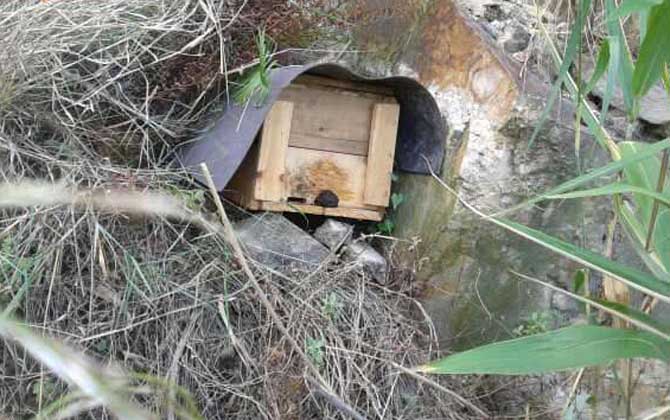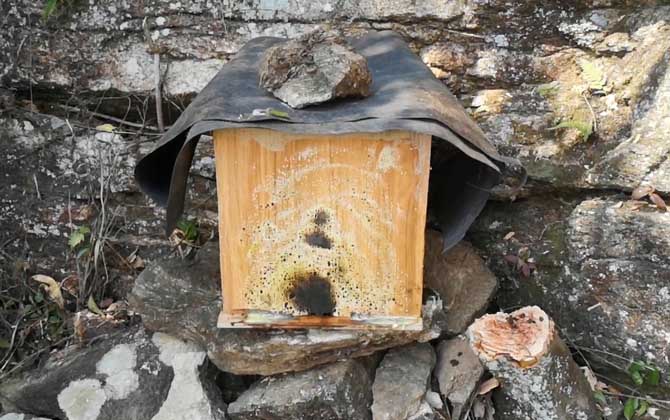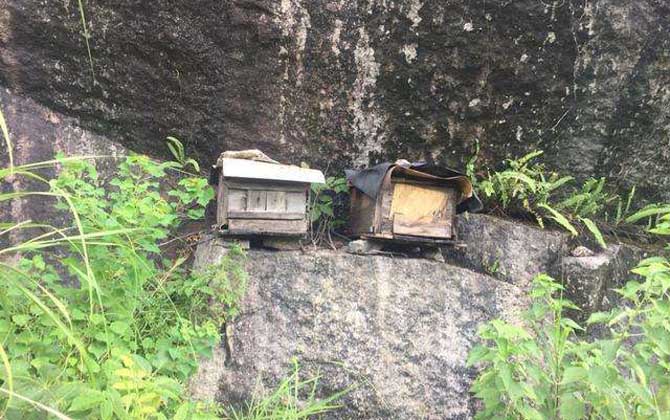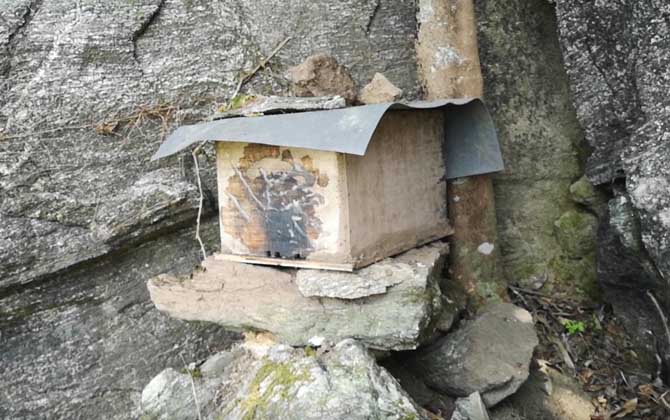How to Attract Wild Bees into a Hive: A Comprehensive Guide
Bees are renowned resource insects celebrated for their ability to collect nectar and produce honey. Across China, numerous wild bee colonies thrive in diverse ecosystems. Successfully trapping and domesticating these wild swarms can be a lucrative endeavor, but it requires specialized knowledge. Below, we explore proven methods to attract bees into man-made hives.

I. The Science of Bee Attraction
Bee attraction involves luring wild colonies to artificial nesting sites using specific tools and techniques. Two primary target groups exist:
- Swarm Clusters: New colonies formed during natural swarming periods
- Absconding Clusters: Colonies abandoning hives due to food shortages or predators
Key factors for success include understanding bee behavior patterns and environmental preferences. Bees exhibit strong site fidelity and communicate through sophisticated pheromone systems, which can be leveraged through proper hive preparation.

II. Essential Attraction Tools
Beekeepers typically use two main types of attraction devices:
| Tool Type | Materials | Advantages |
|---|---|---|
| Bee Boxes/Buckets | Wood, plastic, or composite materials | Portable, reusable, easy to monitor |
| Artificial Caves | Natural or modified rock formations | Blends with environment, maintains stable temperature |
Pro Tip: Always coat inner surfaces with beeswax – its natural pheromones act as powerful attractants. Regular maintenance (every 2-3 weeks) ensures sustained effectiveness.

III. Optimal Timing Strategies
Maximize success by aligning with natural bee cycles:
- Swarming Season (March-May)
- Peak colony division period
- Ideal temperature range: 15-25°C
- Abundant nectar flow stimulates population growth
- Migration Season (July-September)
- Food scarcity drives relocation
- Increased predator activity (wasps, hornets)
- Monitor local flora bloom cycles

IV. Strategic Placement Techniques
Three critical considerations for hive placement:
- 1. Colony Presence
- – Conduct floral resource mapping
– Look for pollen-loaded bees returning to hidden nests
– Avoid areas with commercial apiaries (3km buffer recommended) - 2. Nectar Availability
- – Prioritize areas with sequential bloom cycles
– Ideal locations: Mountain valleys, forest edges
– Minimum 2km² of continuous floral resources - 3. Nesting Requirements
- – South-facing slopes (15-30° incline)
– Protective landmarks (large rocks, distinctive trees)
– 2-3 meters above ground level
– Low electromagnetic interference zones
Advanced Technique: Create “bee highways” by placing multiple hives along natural flyways between water sources and floral patches. This increases discovery chances by scout bees while allowing colony density management.